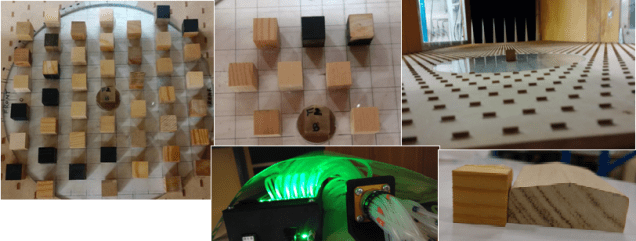Written by: h.l.gough@pgr.reading.ac.uk
You’re going to be working with them for a while. Supervisors, like projects, are all unique and have their own ways of working. Lots of us have banded together to give tips and advice on how to ‘manage your supervisor’ and by that we mean make the road towards a PhD a little bit easier.
For those of you looking to start a PhD, getting the right match between you and a supervisor is key. PhDs are already stressful enough without a strained supervisor-student relationship.
Know how they work
Supervisors all work differently. Some will leave you to wander for a bit before drawing you back to the point, and others will provide a map of where you’re going. There’s no right or wrong but sometimes their methods can get frustrating when you start comparing supervisors.
Find out the best way to contact them. Some never reply to email and others are never in the office or dislike being disturbed. Figure out between you and your supervisor the best way of getting in contact.
Personal and work balance
Some supervisors are happy to talk about personal problems. Others aren’t. Again, neither option is right or wrong, but it’s something you have to be aware of.
Ask for things
A PhD is intended as a personal development training programme and not just for writing a thesis and publishing papers. Don’t be afraid to ask to do something different, such as environment-Yes, internships, field work and summer schools to name a few.
If you don’t ask, you don’t get.
Manage expectations
Saying yes to all the work they give you is only going to lead to disappointment for them and you. Be honest with the amount of work you can do, and say when you’re having a bad week. They’ll understand. Say when you’ve got enough on your plate already.
Know how long they take to read things, otherwise you’ll end up disappointed when the feedback you expected on a certain day doesn’t arrive.
Don’t expect them to be on email 24/7. Likewise, let them know that you’re not going to be checking emails at 3am either.
Know their style and expertise
Some come across more critical than others, some highlight the good as well as the bad. Their subject may make them biased on certain topics. Knowing their expertise allows you to tailor questions for them.
This is a lot more relevant to people with multiple supervisors, as often you can get two conflicting opinions and have no idea which one to accept. This happens, and it does teach you some diplomacy skills, but don’t go picking sides.
Get advice from other students
Chances are, other students will be supervised by your supervisor. Ask them for hints and tips of how they work. Ask about pitfalls to avoid and helpful tips. They might even have a manual on how to deal with them! There is a camaraderie between people who share the same supervisor!
If you’re still stuck and doing a PhD at Reading University, there’s an RRDP course by the graduate school called managing your supervisor. Definitely worth going to.








